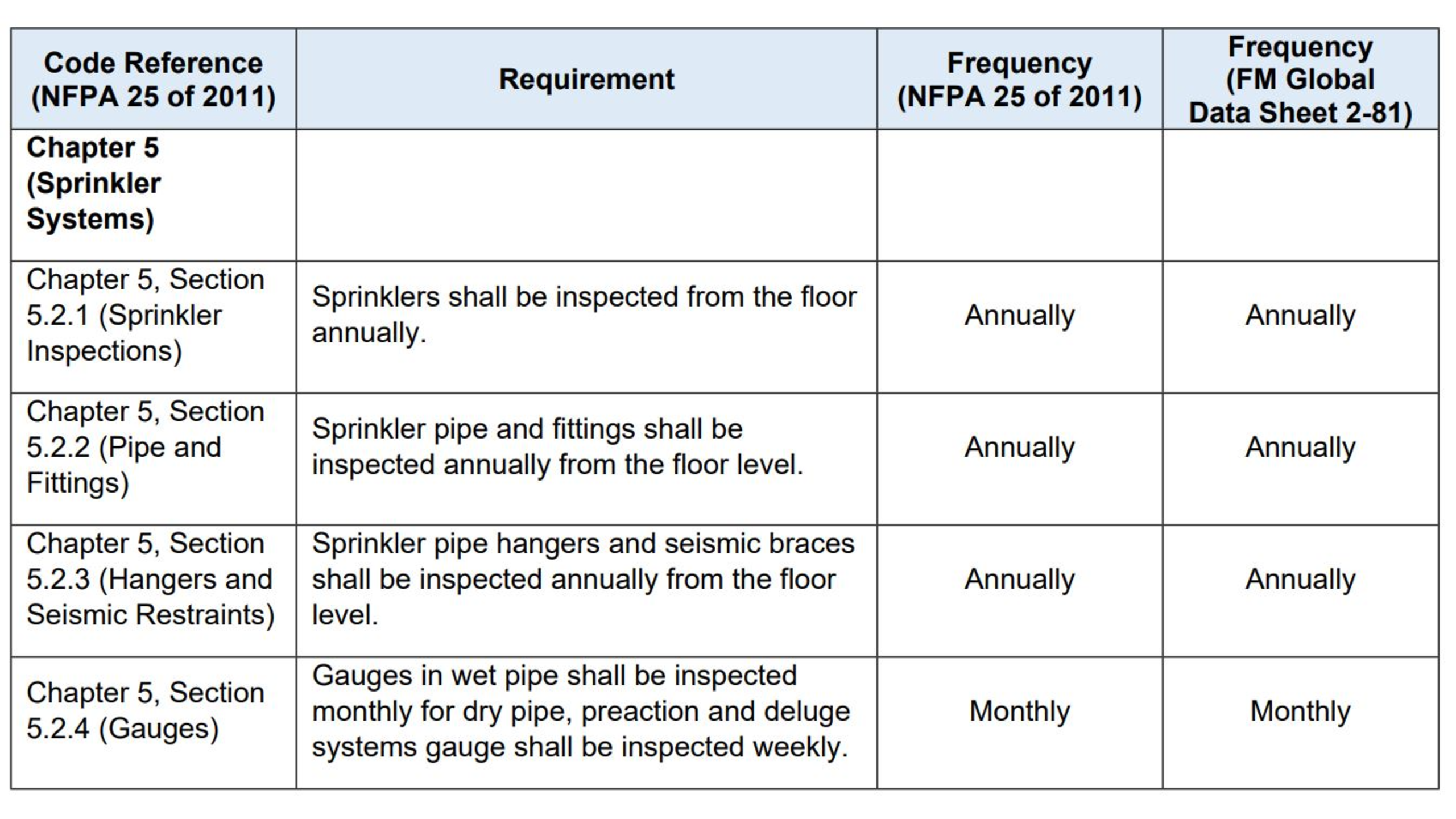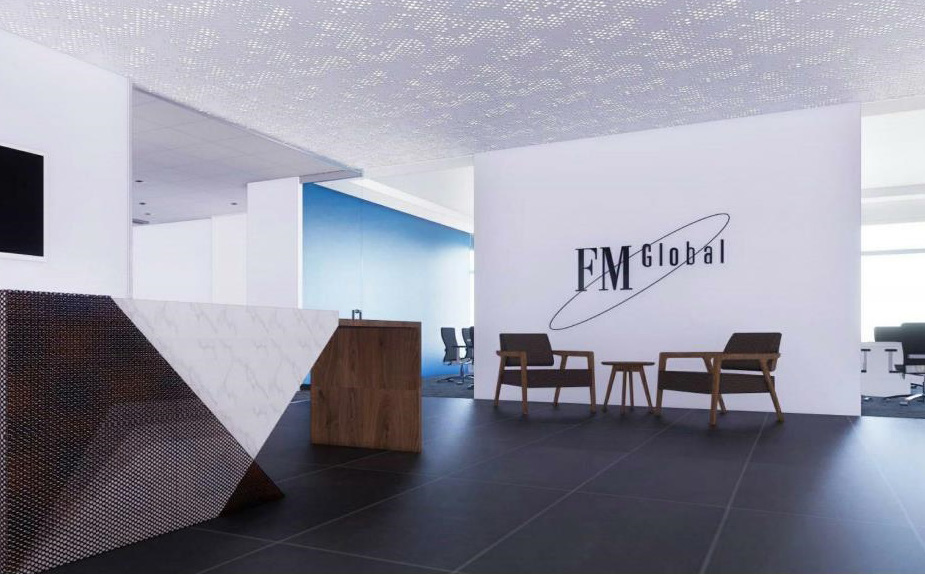An Article by Philip F. Parisi Jr.
Components for fire protection systems require inspection, testing and maintenance. The type of inspection, testing and maintenance varies with the type of fire protection system in question. Water based or “wet” systems are arguably the most common type of fire protections currently in use and their scope in covered under National Fire Protection Association (NFPA) 25: Standard for the Inspection, Testing, and Maintenance of Water-Based Fire Protection Systems. NFPA 25 is utilized as a referenced standard by the International Building Code (IBC) which is a model code used by many municipalities and states.
Careful attention needs to be paid as to which version or year of the referenced standard is required for a given municipality or state given the fact that there are often differences in the code cycles between various municipalities and states. The NYC Construction Codes can be used as an example. The current version of the NYC Construction Codes was adopted in 2014 and although it has had updates since its initial issuance the reference standard for water-based fire protection systems is NFPA 25 of 2011 however the current version of NFPA 25 was issued in 2020. This example is intended to illustrate that the current version of a standard may, at times, not necessarily be the correct version to use.
Testing standards can also be provided by insurance providers such as AIG and FM Global when they are underwriting a project. Standards and fire protection guidelines issued by insurance carriers are generally more stringent than those issued by NFPA; however, the inspection, testing and maintenance requirements are more aligned than you would imagine. The NYC Construction Codes utilize specifically reference standard NFPA 25 of 2011 and will be compared against the current requirements of FM Global Property Loss Data Sheet 2-81 for Fire Protection System Inspection, Testing and Maintenance which references NFPA 25 of 2017 in the table below. The more stringent criteria will be shown below in bold font.  To view the full chart, you can download the PDF here.
To view the full chart, you can download the PDF here.
The scheduling of inspection, testing and maintenance for fire protection systems is a requirement for municipalities and insurance carriers. It is a challenge for any type of building however the challenge is compounded when the building, be it tall or long, is large or if a campus is being looked at. Thoroughly cataloguing the pieces of equipment comprising the fire protection systems goes a long way in ensuring that time is properly used. It also permits the generation of compliance reports. NFC tag technology can assist with this type of effort and Rael Fire Protection’s REDi platform is worth considering. Please refer to the following link for additional information on NFC tag technology: Our Technology.
About Me:
I’m Philip F. Parisi Jr., P.E., LEED AP, and an Associate Principal at MG Engineering DPC. As part of RAEL’s partnership with MGE, I’ll be providing information each month to help property and risk managers stay-up to-date on the changing requirements of local and national fire protection codes. I have over 20 years of experience in the field developing standards, specifications and plumbing/fire protection system design for various projects including academic buildings, healthcare facilities as well as high-rise residential and commercial buildings.


Recent Comments